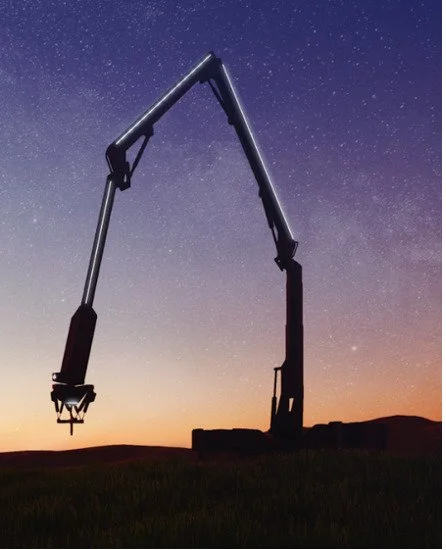Back to the Future
Image courtesy of iconbuild.com
Back to the Future
by Sweiskloss
May 22, 2025
by Sweiskloss
May 22, 2025
Photo courtesy of Iconbuild.com
BioHome,3D, Photo courtesy of composites.unmaine.edu
Image courtesy of Azure Printed Homes.com
House Zero, photo courtesy of iconbuild.com














